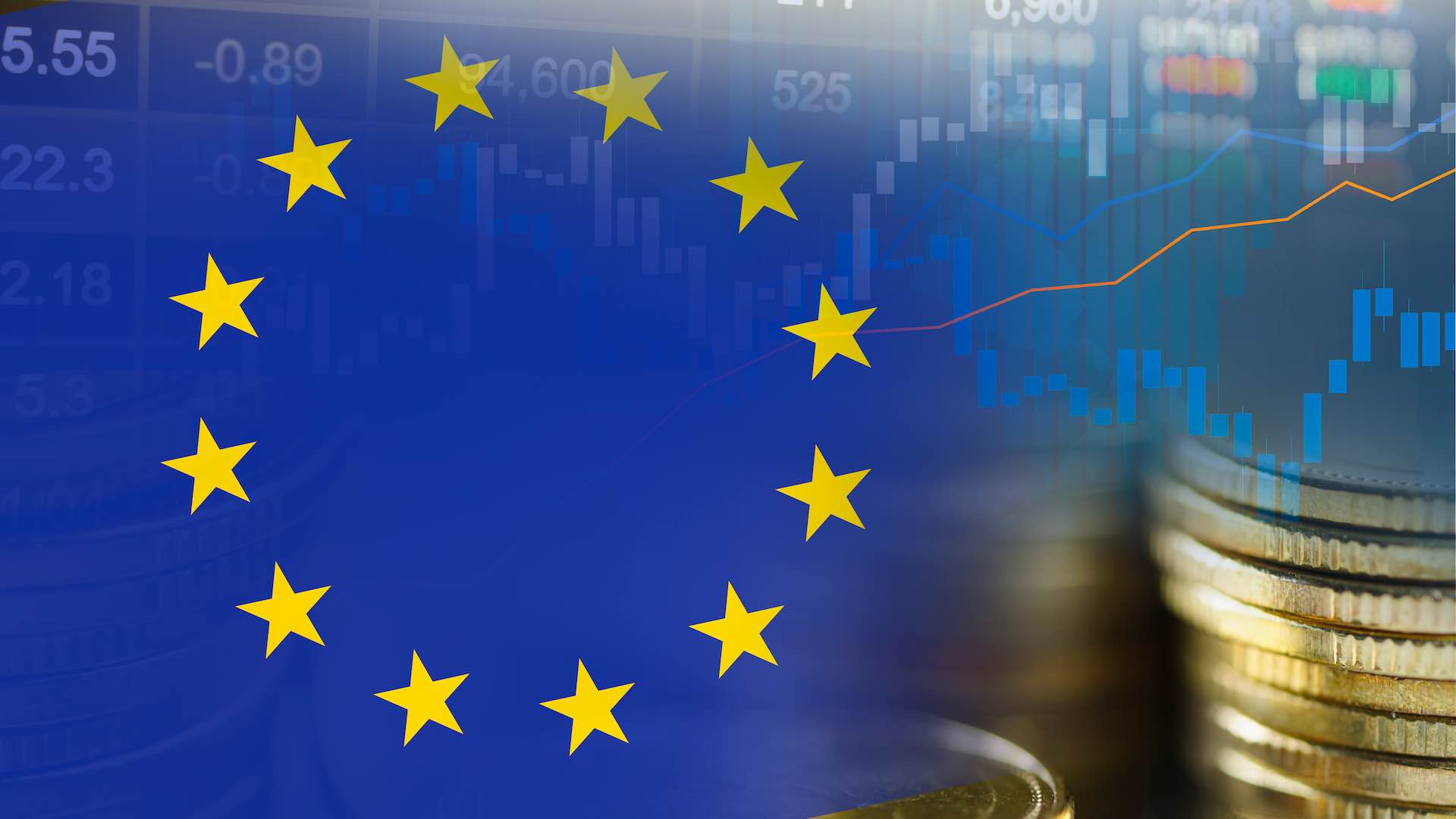In the second quarter of 2024, the European Union registered a trade surplus of €40.4 billion in goods, marking a significant reduction from €55.3 billion in the preceding quarter. This figure represents the fourth consecutive quarter the EU has maintained a trade surplus, after enduring a series of deficits from late 2021 through mid-2023, according to the latest data from Eurostat.

Eurostat’s report highlighted that this current surplus stemmed largely from strong performances in several sectors. Notably, machinery and vehicles contributed a surplus of €56.9 billion, while chemicals and related products added €59.3 billion. The food and drink sector also showed robust performance with a €13.9 billion surplus.
Conversely, the energy sector faced a considerable deficit, totaling €88.4 billion, which was the primary drag on the EU’s overall trade balance. Additionally, raw materials recorded a deficit of €6.3 billion. Despite these challenges, other manufactured goods and miscellaneous goods categories managed to post modest surpluses of €1.8 billion and €3.2 billion, respectively.
Trade dynamics showed a shift in imports and exports during this period. Imports from non-EU countries saw a 3.4% increase compared to the previous quarter, reversing a trend of decline that lasted six consecutive quarters. On the other hand, exports saw a slight increase of 0.7%, maintaining a growth trend for the third consecutive quarter.
This balance of trade indicates a mixed but gradually improving economic landscape for the EU, as sectors like machinery, vehicles, and chemicals continue to perform strongly on the global stage, while energy remains a vulnerable area due to significant deficits.The ongoing adjustments in the EU’s trade strategy are reflected in these figures, showcasing a resilient yet shifting economic structure that adapts to both internal and global economic pressures.
